Volumes of these historic and valuable crops and livestock have been decimated in recent years. But the fightback to save them is on, find out how here

Bere barley
Bere is thought by some to be Britain’s oldest cereal in continuous commercial cultivation, yet exists today on just a handful of crofts in the Outer Hebrides, where it is used for milling and malting.
The grain is built for tough conditions. Because of its rapid growth rate, the barley can be sown late yet be the first to be harvested. This means even in harsher years when colder temperatures sweep in early, bere will still have grown enough to produce grain when other crops have failed. In good years, modern barley and wheat fed by fertilisers may yield more than bere, but in a bad year these crops might yield nothing at all.
Wild Atlantic salmon
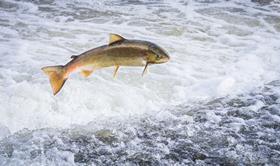
Atlantic salmon are paradoxical fish: one of the ocean’s rarest animals while simultaneously the single most traded fish on the planet. This seeming discrepancy is due to the rise of aquaculture, which has allowed salmon to flourish in captivity while disappearing from the wild. Scientists aren’t sure why the fall has been so colossal, but the effect of human activities is at its heart, from dam building to pollution, deforestation to overfishing.
The fall has been devastating. Fifty years ago, wild Atlantic salmon numbered around 10 million. Today it’s less than two million. The extinction of the wild salmon is now a real possibility so great that Patagonia released a documentary on their plight, called Artifishal.
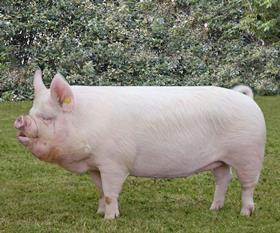
Middle White pig
In the early 20th century, the Middle White was the most popular pig in Britain, branded the ‘London porker’ for its suitability to cleaning up household scraps in towns and cities.
Its stock faded in the 1930s when the British government set out to understand why the Danish pork industry was outcompeting British farmers. It concluded diversity was holding back British pig farming, and encouraged farmers to focus on one breed – the Large White.
By the time a small group of concerned British farmers sought to save animals from going extinct in the 1970s, the number of Middle White pigs in Britain was in double figures.
Stichelton cheese
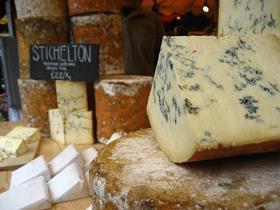
Stichelton is stilton in all but name. The only difference is it uses unpasteurised milk, yet because of this, it’s forbidden from using the famous stilton name. The cheese is made by Joe Schneider on his farm in Nottinghamshire, named after an early form of the name of the stilton village mentioned in the 1086 Domesday Book.
Unpasteurised cheeses fell from grace as producers in the first half of the 20th century realised the process gave a greater level of control over the process and removed a lack of predictability. Nonetheless, a small group of cheese enthusiasts see such homogenisation as agricultural vandalism.
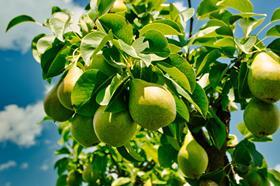
Perry
Perry is cider’s cousin, made with pears rather than apples. However unlike its popular relative, perry now teeters on the brink of extinction. It was an esteemed drink in Georgian England with its makers pioneering techniques of carbonisation later picked up by the creators of champagne. Today the tradition is kept alive only by the knowledge and stubbornness of a handful of producers.
It’s in part due to perry being a tricky business to produce. A generation can pass before a tree produces a good harvest, and even then, will often only fruit every other year. When pressed, the juice is volatile and spoils at the slightest excuse.
Fava bean
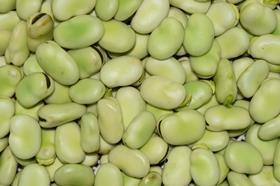
Fava beans were a staple in Britain for over 3,000 years, an important part of British diets as a protein-rich food that could be stored and eaten year-round. However, as the country grew wealthier, farming methods improved, and meat and dairy became widely affordable, fava beans were stigmatised alongside other pulses as a food for the poor.
Not that they disappeared entirely. Farmers kept growing fava beans to feed to livestock and as a valuable part of crop rotations. The beans fertilise the soil through symbiotic relationships with soil bacteria, helping to produce healthy soils and enhance biodiversity.
The foods on the brink of extinction (and how we can bring them back)
- 1
- 2
 Currently reading
Currently readingSix endangered foods worth saving









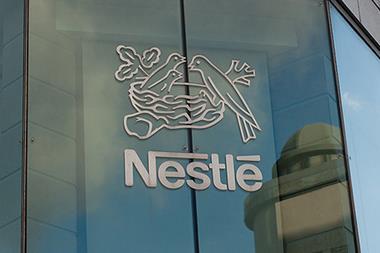
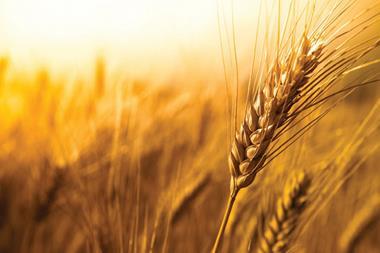

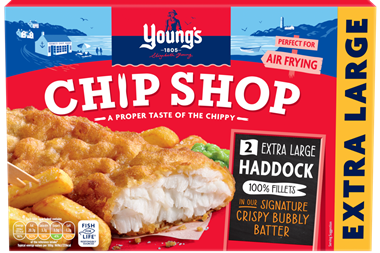
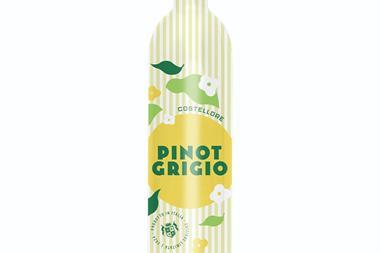






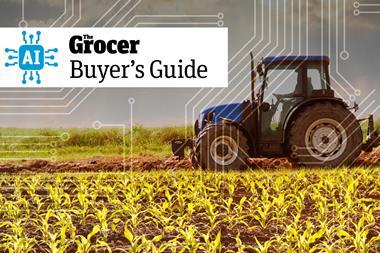
No comments yet